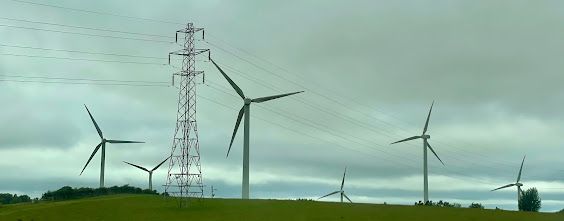We should preserve every scrap of biodiversity as priceless while we learn to use it and come to understand what it means to humanity. - E. O. Wilson
- They can result in habitat loss or degradation. Creation of roads and human activity under the wind farms disturbs the movement of wildlife. Wind turbines kill several birds each year.
- Wildlife is displaced from feeding or nesting areas.
- Density and activity of birds is much lower in areas with wind turbines resulting in less predation risk. This has affected the food chain and the population of lizards increased.
- Selecting suitable location of turbines after studying bird activity using computer generated models in order to predict where the projects can have the least impact.
- Painting one blade of a turbine black which would allow birds to notice and avoid turbines sooner.
- Bats are most active at periods with low wind speeds and so limiting generation to higher wind speeds can prevent their death.
- Constructing wind turbines close to urban centres as that is likely to reduce the impact of turbines on wildlife.
A tryst with nature #windfarms
This post is part of Blogchatter's CauseAChatter

















